A Video Explaining the Claims Made CGL
The insurance industry spent 10 years trying to restrict their liability for long tail losses. They tried wording that would prohibit stacking, as well as wording that would only allow coverage for losses first discovered during the policy period. “Claims Made” wording, which would only allow coverage to be triggered upon the making of a claim, and limited “occurrence” coverages were also attempted.
Ultimately, the decision was made by the ISO and its supporters to use a Claims Made approach, providing coverage only if the loss occurs and the claim is made to the insurer during the policy period. This eliminates long tail claims. Although effective, the Claims Made CGL turned out to be almost impossible to sell to the public. People in the construction industry would be exposed and probably uninsured for all but the most blatant defects, especially with long statutes of limitation or statutes of repose.
A key purpose of the claims made policy is to prevent limits or policies from being stacked, as well as to eliminate uncertainty regarding the policy that will apply to a given matter. This is accomplished by concentrating on the time that a claim is received instead of struggling with the problem of determining the date of “occurrence.” The date of “occurrence” is usually set at the date when the injured party was actually injured. Some courts have modified this simple rule to provide coverage where none was intended. The claims made form avoids such “social engineering.”
For example, if a builder had a Claims Made policy there would be no coverage available for a claim of defective construction:
filed nine years and eleven months after substantial completion of the structure; or
where the builder tried to fix the problem two years before only to have the roof leak again because the claim was made before the inception of the policy.
Pressures from several groups resulted in an alternative occurrence wording. In some Claims Made forms, both the injury-causing event and the claim must be made during the policy period. In others, the claim must be made during the policy period and the loss-causing event can occur any time.
-
 7:40
7:40
Barry Zalma, Inc. on Insurance Law
4 months agoLoss of Inventory by Bankruptcy
114 -
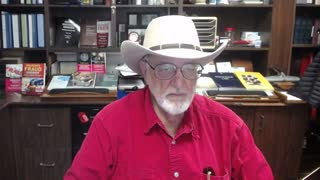 13:28
13:28
Barry Zalma, Inc. on Insurance Law
3 years agoA Video Explaining How a Claims Person Should Select Counsel
15 -
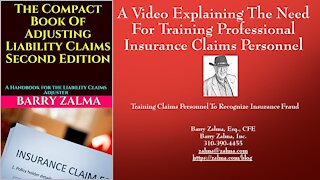 15:00
15:00
Barry Zalma, Inc. on Insurance Law
3 years agoA Video Explaining The Need For Training Professional Insurance Claims Personnel
55 -
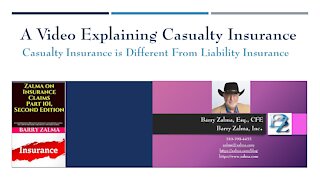 16:42
16:42
Barry Zalma, Inc. on Insurance Law
3 years agoA Video Explaining Casualty Insurance
68 -
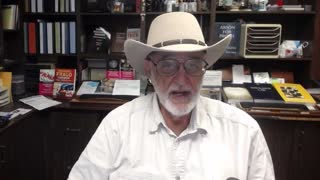 16:33
16:33
Barry Zalma, Inc. on Insurance Law
3 years agoA Video Explaining the Unethical Insured
15 -
 16:17
16:17
Barry Zalma, Inc. on Insurance Law
3 years agoA Video Explaining the Concurrent Cause Doctrine
38 -
 17:29
17:29
Barry Zalma, Inc. on Insurance Law
3 years agoA Video Explaining the Nature of Insurance Underwriting
33 -
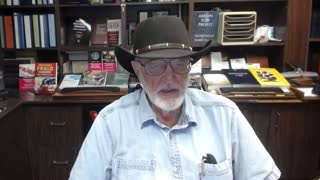 15:19
15:19
Barry Zalma, Inc. on Insurance Law
3 years agoA Video Explaining the Need for Construction Experts
40 -
 17:16
17:16
Barry Zalma, Inc. on Insurance Law
3 years agoA Video Explaining the Evidence Needed to Prove Fraud
399 -
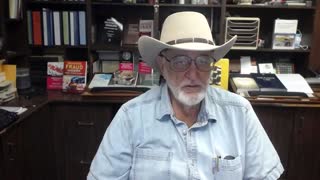 12:11
12:11
Barry Zalma, Inc. on Insurance Law
3 years agoA Video Explaining When the Notice-Prejudice Rule Does Not Apply
29